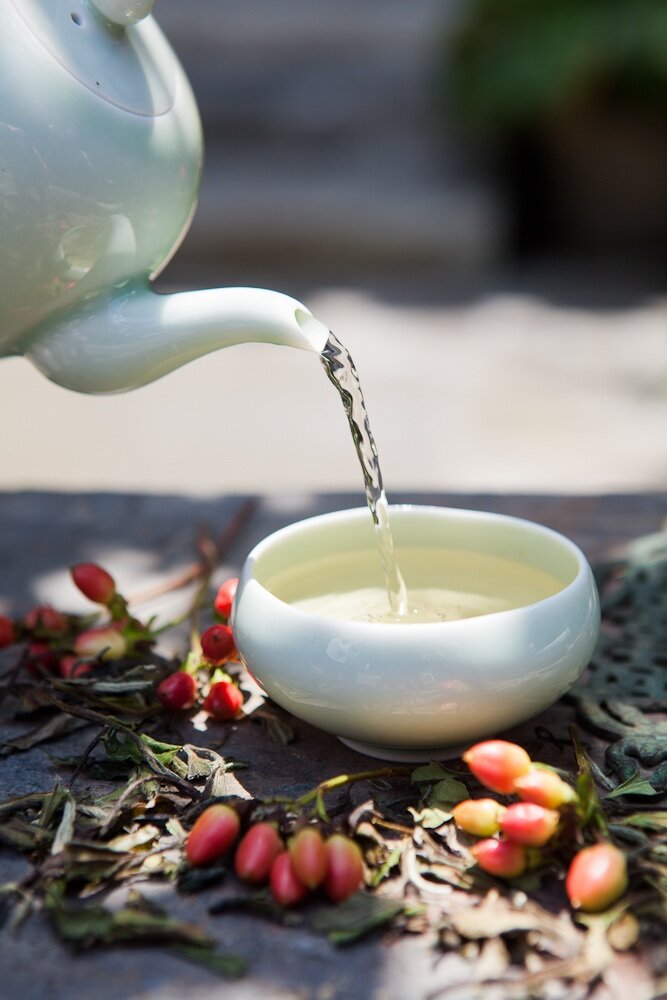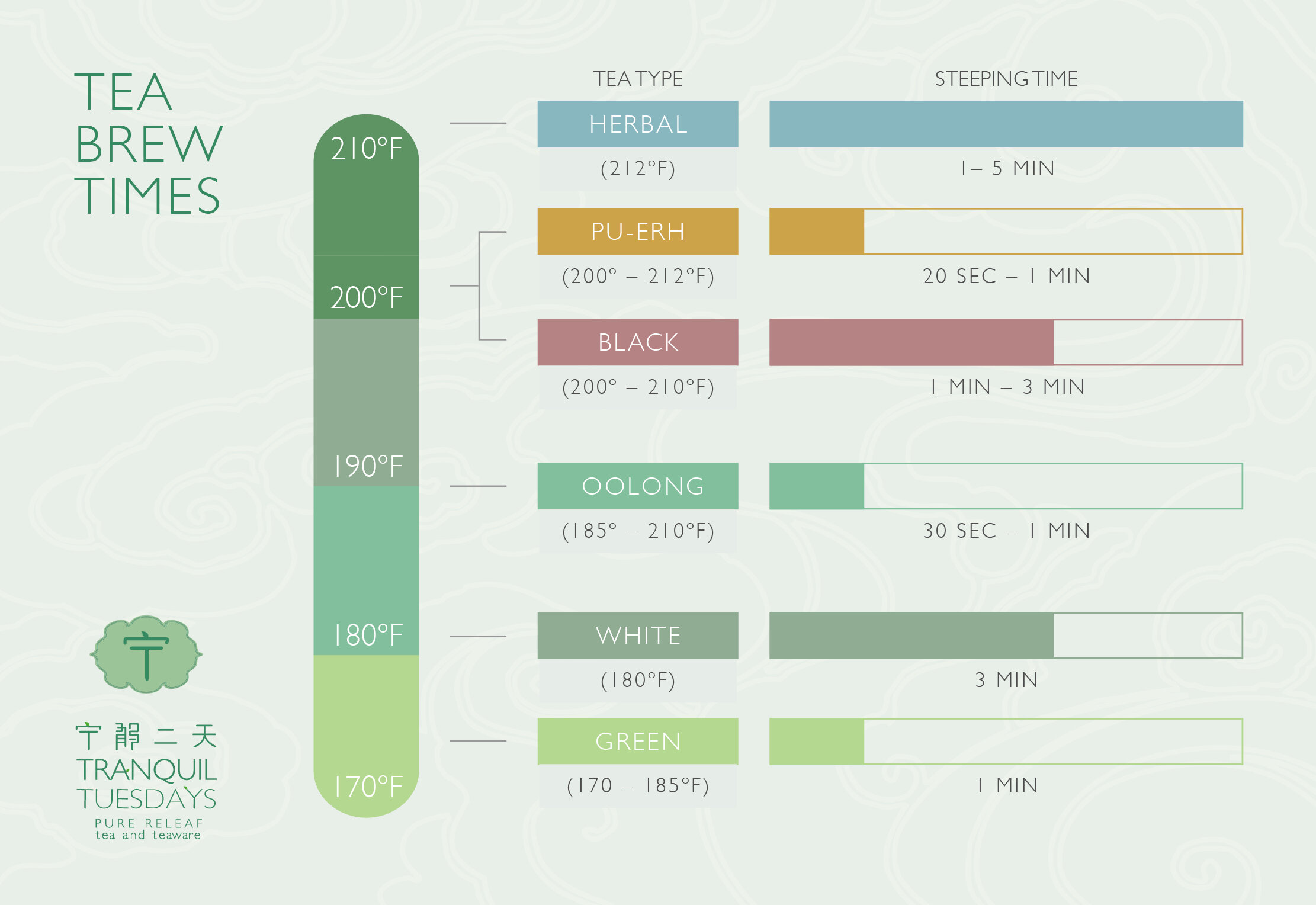Five Simple Principles for Making the Perfect Cup of Tea
Sometimes people make brewing a great cup of tea harder than it really is. You don’t need a fancy or complicated ceremony to brew tea optimally. You don’t even need a teapot. You just need to respect these basic principles for brewing the perfect cup of tea:
1. Whole Leaf Tea
I hope I don’t have to be the one to convince you that unless you are brewing loose whole leaf tea, you aren’t really truly tasting the flavor of tea. Please don’t make me convince you that tea bags are just not doing tea drinking any justice (cause you know this already right?)–you got to respect the tea and loose whole leaf tea is the baseline starting point.
2. Using Good Water
think about it: a cup of tea is 99% water, so water does matter. Wait what? That sounds so tea nerdy to care about the water! I know, I know, with so many things to worry about it in our modern world you are hoping you can just ignore this point and go on to better things to concern the limited real estate in your mind about, but back to what I said: a cup of tea is 99% water. So if you want a great cup of tea, make sure your water isn’t messing with the taste of your tea.
Try to use your favorite filtered or spring water. Or you can do what Chinese emperors and ancient tea aficionados did and have water from specific legendary mountain springs or lakes hand delivered to you for your tea. Just use some filtered water.
3. Paying Attention to Water Temperature
I know this also falls into the category of “wait, really?” because most everyone just boils water and then pours that boiling water on top of their tea. Boiling water actually burns and ruins green teas and makes your white teas lose that nice soft edge. The ideal temperature for green and white teas is below boiling.
4. Not Over-Steeping
I actually think this is the number one problem people make. You know how some people say they don’t like tea because it is too bitter or astringent? Well your tea should never be too bitter or astringent if you are brewing it properly and not over-steeping.
You don’t want your tea leaves to languish unattended in your water or else they will get grumpy and astringent. Show your tea leaves some love and attention, decant the water in a timely fashion and your tea will have the nice round and smooth mouth feel you hope for. The specific amount of time that is optimal differs according to type of tea and the proportion of tea to water you are using.
5. Give Your Tea Space
So lets say you are a well-cared for tea leaf that has been groomed, carefully picked, artfully produced, and shipped half-way across the world to share your distinctive flavor and unique characteristics with others.
At the moment of your debut to the tea drinking world, you can’t wait to show-off the flavors you’ve been storing up and working on your whole life. But then at showtime instead of a big stage for you to dance around and strut your stuff, you are locked in a dark cramped space with no room to move or release your flavors. What a shame right?
Don’t cramp your teas’ style! Give your tea leaves the space it needs to fully open up and release its flavor so you can enjoy everything your tea leaves has to give you.You want free-range teas in your water running around with abandon. Not caged up in a tea ball or some other contraption that doesn’t allow your tea leaves to freely roam, unfurl, open up and release their flavor.
But all of this means nothing if you aren’t using great tea.
I can’t do much for you if you are trying to make the most sublime cup of tea with sub-par quality or past its prime tea.







